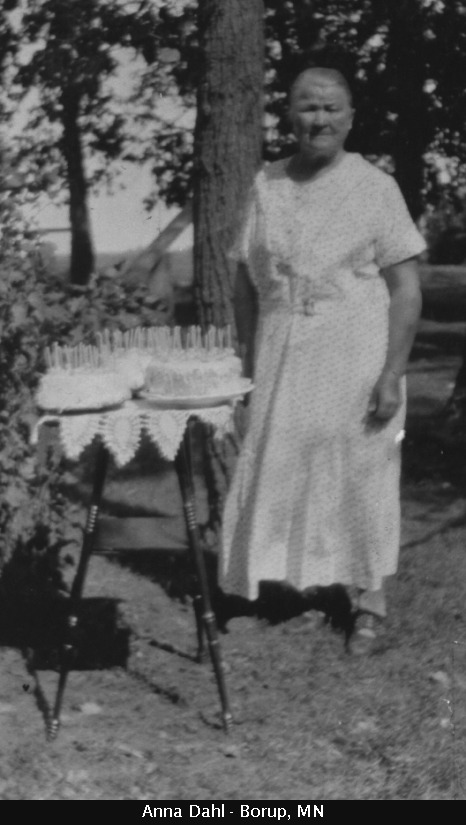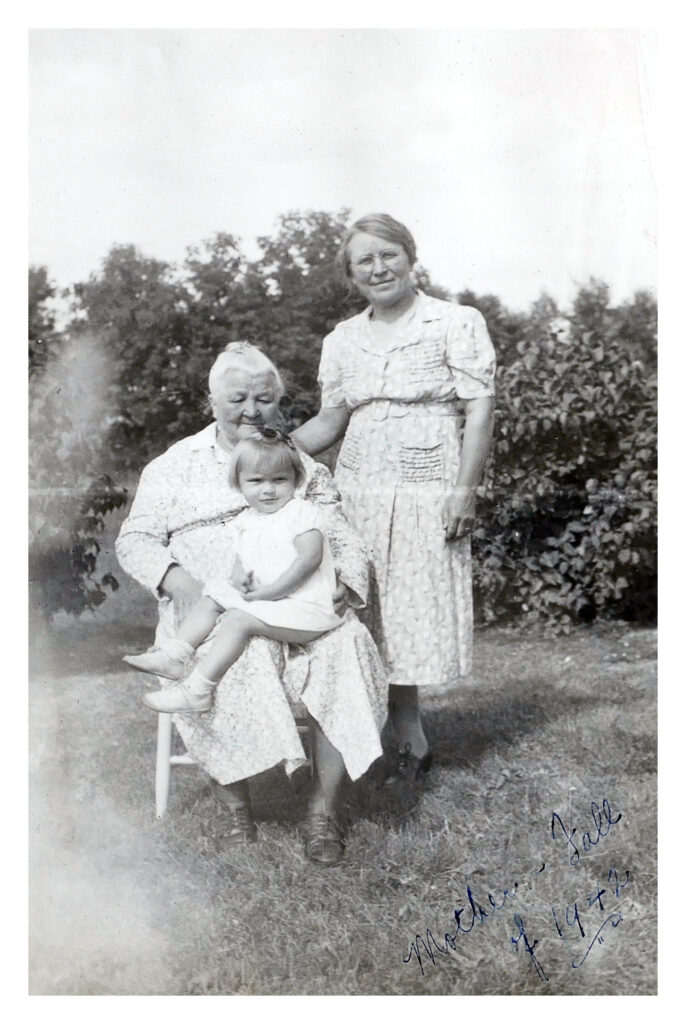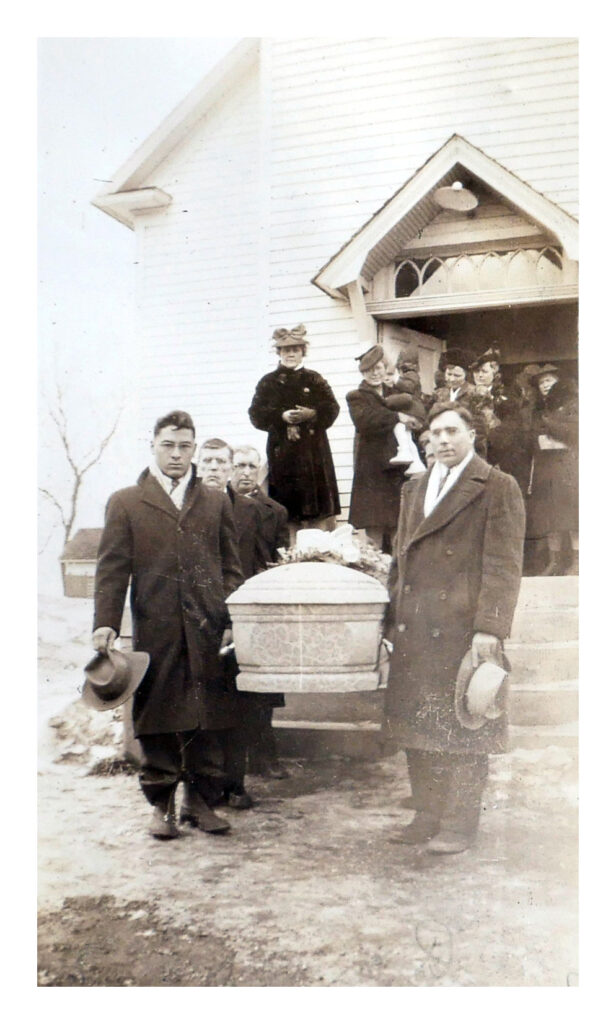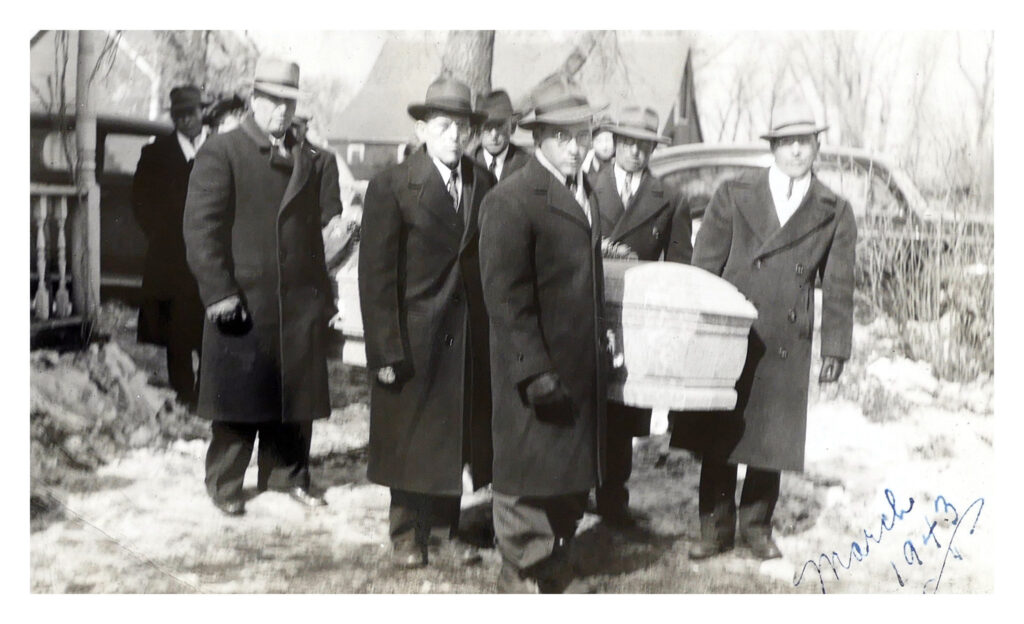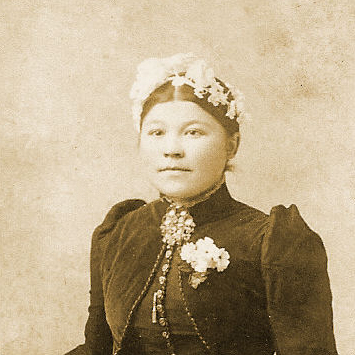
Anna Andersdatter Grensbråten was born on September 11, 1869, at Grensbråtan, a modest husmannsplass (tenant farm) nestled in the forest near Noresund in Krødsherad, Buskerud, Norway. Her birthplace was typical of rural Norway in the mid-19th century, where tenant farmers worked small plots of land rented from larger estates. The homestead consisted of a small house, barn, and storage shed—humble but vital structures for sustaining life in the rugged Norwegian countryside. Find Grensbråtan on Mapcarta or Google Maps.
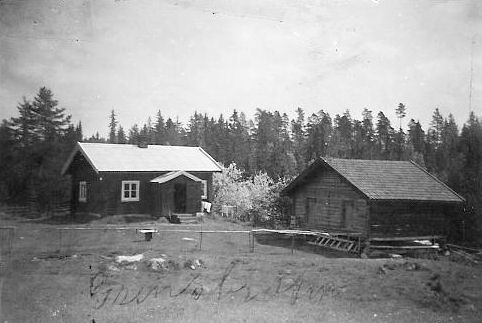
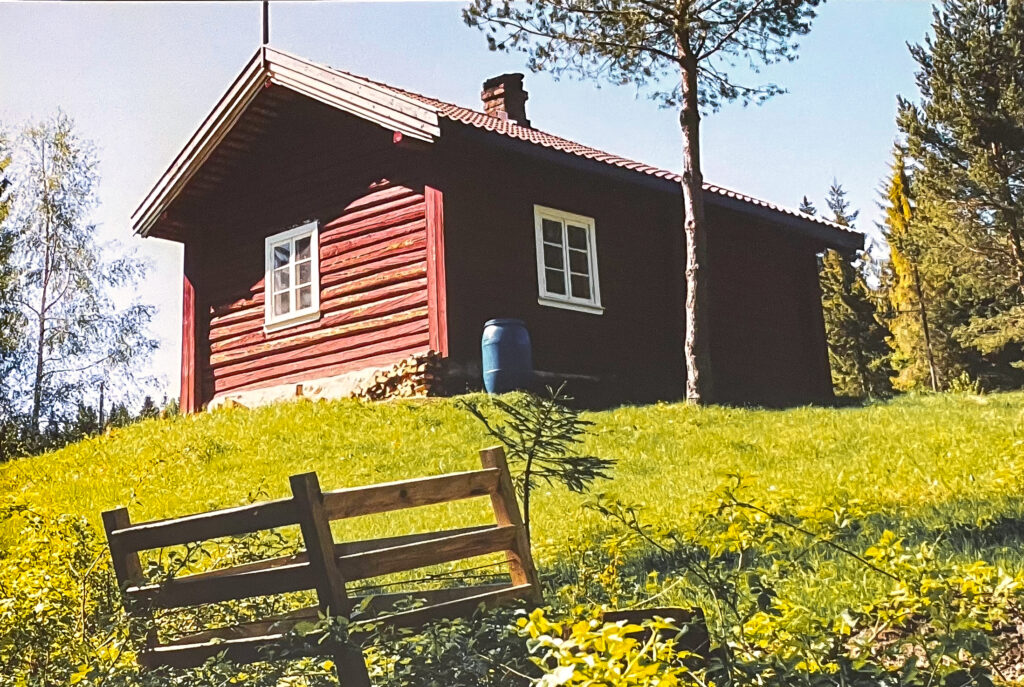

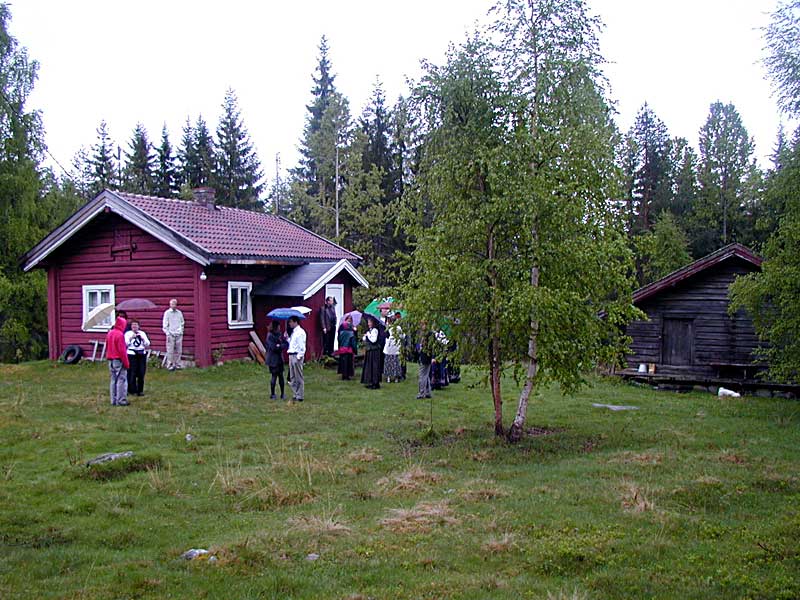
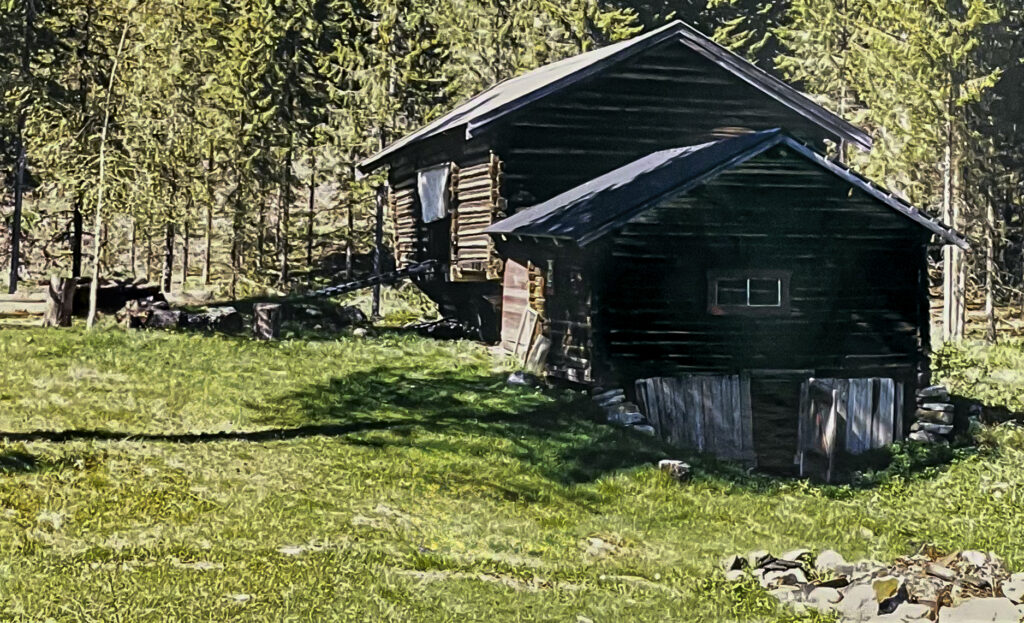

The photos below are of Anna’s birth/baptism record and confirmation record. They can be found in the website at www.digitalarkivet.no an online Norwegian Archive of documents. (line 52 in the birth record and line 11 in the confirmation record).
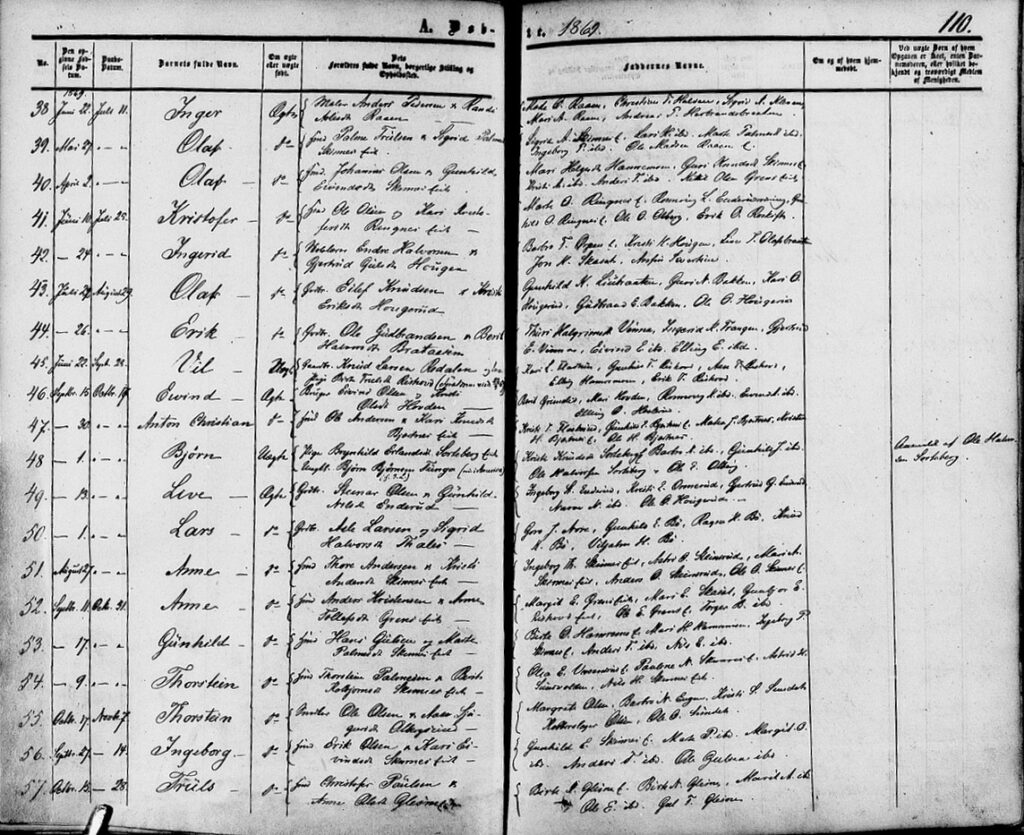

Childhood in krødsherad
Anna grew up in a world shaped by the rhythms of rural life and the stark realities of tenant farming. Her parents, Anders and Anna Grensbråten, likely struggled to make ends meet, as tenant farmers were often required to pay rent through labor rather than money. The surrounding landscape was breathtaking: rolling hills and the shimmering waters of Lake Krøderen provided a backdrop to her early years. However, life was not idyllic. When Anna was just 13 years old, tragedy struck—the death of her mother, Anna Tollefsdatter, left a profound void in her life
Two years later, at the age of 15, Anna took part in an important rite of passage: her confirmation on October 12, 1884. She likely walked six miles to Olberg Church, perched on the shores of Lake Krøderen. The church was a spiritual and social hub for the community and marked a turning point in Anna’s journey toward adulthood. Her name is listed on line 11 in this document , a photocopy from the church records of the church in Krødsherad parish found on the web site of the Norwegian Digitalarkivet. Below are a couple photos of Olberg Kirke. In the photo taken from across the water, Grensbråtan would be over the hill in the distance.
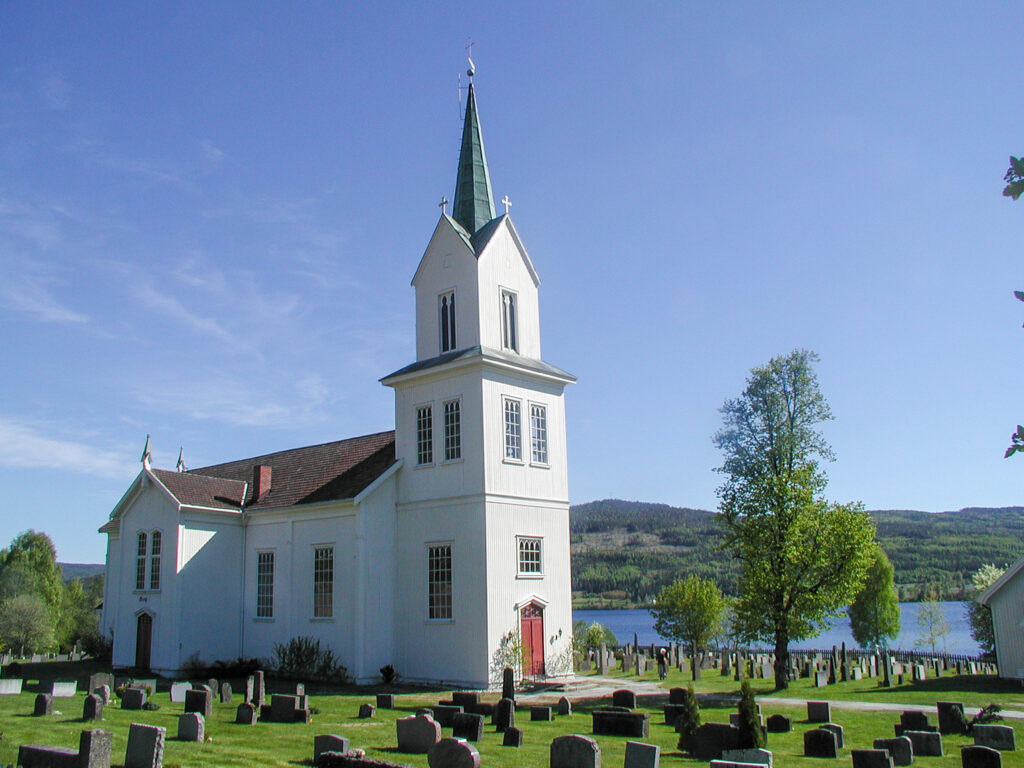

emigration: a leap into the unknown
By the late 19th century, Norway faced widespread economic challenges due to agricultural failures and population growth. Like many others seeking better opportunities abroad, Anna decided to emigrate to America. In March 21, 1892, at the age of 22, she set out with her younger brother Tollef Andersen Grensbråten. Their names appear on church records documenting emigrants from Krødsherad that year.
A typical journey from their home would have begun by traveling in a horse-drawn cart to a port along the coast of Norway (Drammen or Oslo perhaps) where they would board a steamship to Hull, England. Train tickets would have been part of the package, allowing them a trip of a few hours to Liverpool. Two weeks after leaving home, they boarded the Allan Line’s S/S Mongolian. Departing Liverpool on April 7, 1892, the ship made stops in Londonderry, Ireland before arriving in Halifax and Portland on April 16. It is likely that Anna and Tollef endured cramped conditions during their Atlantic crossing—a common experience for immigrants at the time—but their spirits were buoyed by hopes for a brighter future. A page from the Mongolian passenger list can be viewed online on the Library and Archives of Canada web site here. They are listed as “Tollef G*N” a 20 year old laborer and “Anna G*N”, a 22 year old spinster. The beginning and ending portions of their journey, from Grensbråten to Norman County, Minnesota has not been uncovered yet …. but stay tuned.
settling in america
Anna initially lived with her sister Guri and brother-in-law Ole Hilde in Clay County, Minnesota. This area had become a hub for Norwegian immigrants drawn by fertile farmland offered through the Homestead Act. Life in Minnesota must have been both challenging and exhilarating as Anna adjusted to new customs and landscapes while maintaining ties to her Norwegian heritage. She worked at several homes that year, including the Hans Dahl home where she met her future husband.
Later that same year—on November 21, 1892—Anna married Lauritz “Lewis” Hansen Dahl, a 29 year old Norwegian bachelor farmer. Their union marked the beginning of her new life as part of an immigrant farming community in Norman County, Minnesota. Together they built a family and contributed to the vibrant tapestry of Norwegian-American culture that flourished in the Upper Midwest during this period.
legacy
Anna’s story reflects resilience and determination—a young woman who left behind everything familiar to forge a new path across the ocean. Her journey from rural Norway to America is emblematic of thousands who sought better lives during one of history’s great migrations. Today, her descendants carry forward her legacy as part of a rich heritage rooted in both Norway and America.
Anna’s story continues with Lewis on THIS PAGE.



